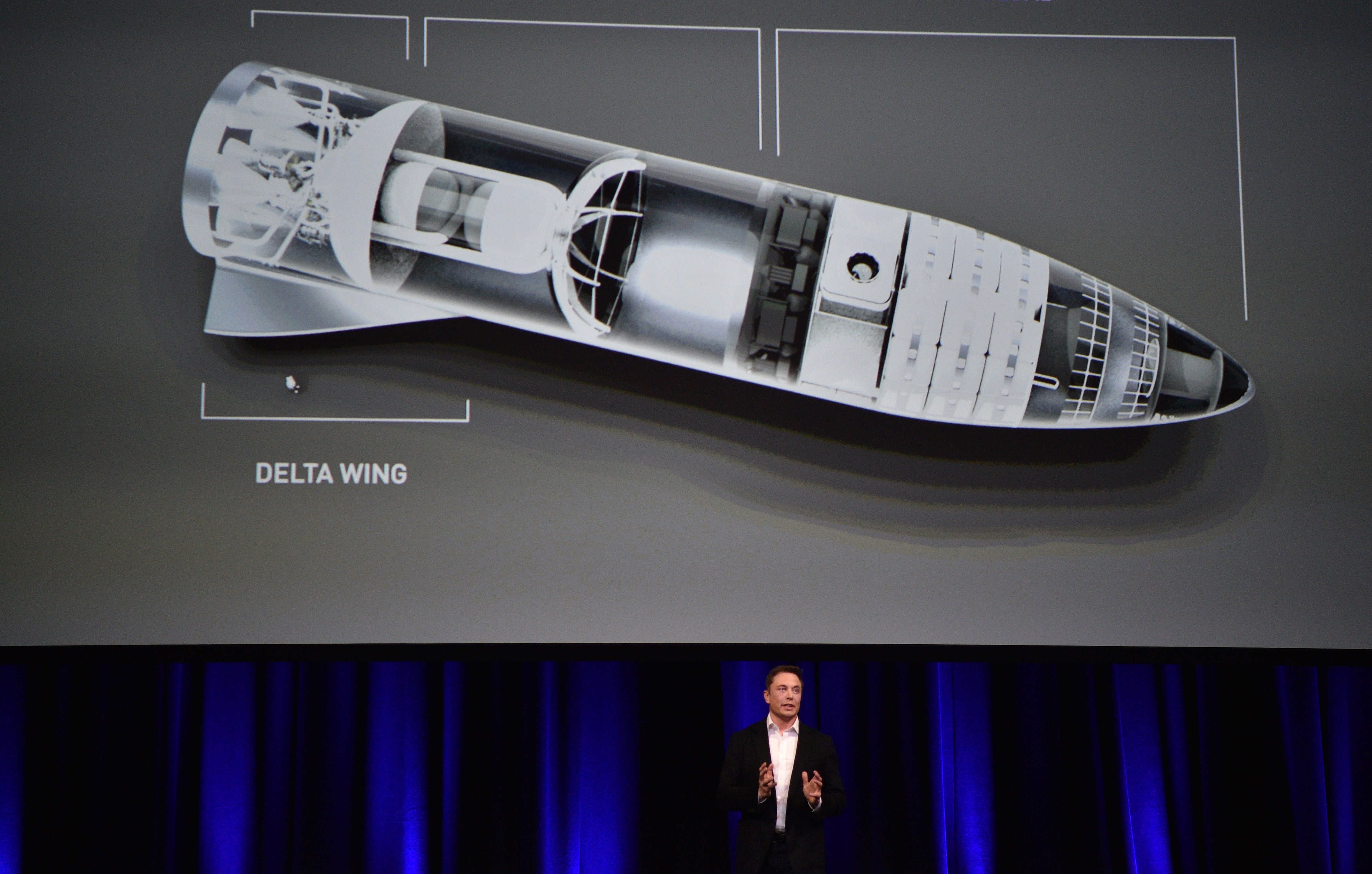Nasa and SpaceX agree deal to avoid catastrophic space collisions
SpaceX currently controls more then a quarter of all active satellites orbiting Earth

Your support helps us to tell the story
From reproductive rights to climate change to Big Tech, The Independent is on the ground when the story is developing. Whether it's investigating the financials of Elon Musk's pro-Trump PAC or producing our latest documentary, 'The A Word', which shines a light on the American women fighting for reproductive rights, we know how important it is to parse out the facts from the messaging.
At such a critical moment in US history, we need reporters on the ground. Your donation allows us to keep sending journalists to speak to both sides of the story.
The Independent is trusted by Americans across the entire political spectrum. And unlike many other quality news outlets, we choose not to lock Americans out of our reporting and analysis with paywalls. We believe quality journalism should be available to everyone, paid for by those who can afford it.
Your support makes all the difference.Nasa and SpaceX have come to an agreement stating that they will avoid collisions with each other.
The agreement covers “conjunction avoidance and launch collision avoidance... as well as related rideshare missions,” according to a Nasa press release, due to the high number of SpaceX’s Starlink satellites that are now in orbit.
“Society depends on space-based capabilities for global communications, navigation, weather forecasting, and much more,” said acting Nasa Administrator Steve Jurczyk.
“With commercial companies launching more and more satellites, it’s critical we increase communications, exchange data, and establish best practices to ensure we all maintain a safe space environment.”
There are currently over 1000 Starlink satellites in orbit around the world – more than a quarter of all active satellites orbiting the planet after more than a dozen missions over the last two years.
SpaceX is expected to continue to launch satellites until it forms a constellation of up to 40,000, but there have been pushback from competitors and astronomers about security and scientific concerns.
Nasa says that Starlink spacecraft are equipped with GPS navigation to estimate orbital parameters, an ion propulsion system, and autonomous manoeuvring capabilities that should help them dodge potential incidents.
SpaceX has said that its satellites will autonomously or manually manoeuvre to avoid Nasa missions, with the two organisations coordinating actions.
Read more:
Concerns over two pieces of space debris colliding have risen as more equipment is left orbiting the Earth. In September 2020, the three astronauts serving aboard the International Space Station (ISS) were ordered to shelter near an escape craft in the Russian segment of the station in case of a collision with a piece of space debris – the third time since January that year that the space station had been forced into an unscheduled manoeuvre.
In October, a catastrophic collision was narrowly avoided as part of a discarded Chinese rocket and a decommissioned Soviet satellite narrowly missed each other with a 10 per cent probability of collision.
The results of such a collision could create a layer of debris around the Earth that would make stellar travel impossible, however there is a lack of action to clear up the discarded material.
Join our commenting forum
Join thought-provoking conversations, follow other Independent readers and see their replies
Comments